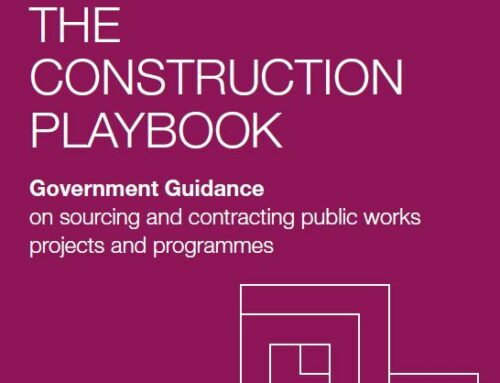The publication of the Government’s Hackitt Review, commissioned in the wake of the Grenfell Tower tragedy, identifies procurement as the key stage in the construction process and calls for a change in the “race to the bottom culture”. The report also recommends that procurement processes should “obtain best value, rather than lowest cost”.
This may be stark reading for many people in the UK but it doesn’t come as any surprise to the construction sector.
The astronaut John Glenn once said that when travelling through space “one thought kept crossing my mind – every part of this rocket was supplied by the lowest bidder”.
The public sector is the construction industry’s largest client and in its pursuit of best value now uses the definition “most economically advantageous tender”. But speak to most public sector procurement professionals and they will admit that all too often this translates to lowest cost bidder.
There will be times when the lowest bid does offer best value but as public sector budgets have been stressed post the 2010 banking crisis and contractors competed more aggressively as volumes of projects dried up, the natural tendency has been for many to focus totally on price, ignoring many of the associated risks.
In some cases under pressure contractors have resorted to suicide bids that are below cost, hoping that they can generate more income on contract variations. It’s a cycle that starts with the procurement and leads to projects mired in disputes, delays and, in the most extreme cases, bankrupted contractors and empty building sites.
The “lowest cost” approach is certainly not one that creates high quality buildings that are safe and will remain fit for purpose for years to come.
While the Hackitt Review identifies the problems that exist we should not forget that there are many examples of great buildings being built at genuine best value around the country.
This happens when procurement teams establish open and transparent processes that start at the bidding process and continue through the lifetime of the project. Many of today’s frameworks allow flexibility in choice of pre-qualified contractors and open book accounting policies, all of which encourage genuine best value.
There is no single “best value” model but a relationship that allows contractors to understand the wider strategic needs of their clients with continued engagement and transparency throughout the procurement is a proven approach to success.





